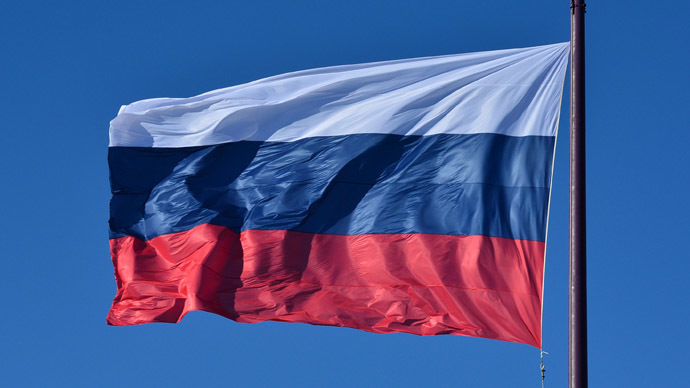Russia faced ‘year of lost opportunities’ in 2013

Economically 2013 was a year of broken illusions for Russia. GDP added just 1.3 percent, while everybody expected an average growth of 4 percent.
“This was a year of lost opportunities,” as Deputy Minister for Economic Development Andrey Klepach put it.
Despite some progress in terms of improving the investment climate , infrastructure bottlenecks and a lack of domestic demand weighed down Russian growth in 2013, says Vedomosti newspaper.
The year ends with investment contracting and industrial production decreasing. December marked the continuing fall of manufacturing activity as the HSBC Purchasing Managers' Index (PMI), which serves as a barometer of business conditions, had its sharpest fall since December 2009.
The PMI index dropped to 48.4 in December from 49.4 in November, slipping further below the 50-point mark that separates growth from contraction, says the Wall Street Journal.
The fall was primarily caused by the end of large government projects. "Bad news is that from the middle of the year private investment also started falling,” said Dmitry Belousov from the Center for Macroeconomic Analysis.
Analysts are divided in their expectations for Russian growth in 2014, with some saying nothing will change next year.
By the end of 2013 it became obvious that growth is contained not only by restrictions on capital, but also by demographics: unemployment decreased to a historical minimum, and there is an expected 3 percent reduction in the economically active population within the next three years, which will limit potential production growth rates to 1.5-2 percent a year, says Natalia Orlova, a senior economist at Alfa-Bank.
However, some other analysts consider that Russia is likely to face some economic recovery in 2014.
“On balance, we project the Russian economy to accelerate in 2014 from 1.5 percent yoy projected for this year to a fairly moderate 2.4 percent yoy in 2014 and 2.8 percent yoy in 2015,” Artem Zaigrin, a financial analyst from Deutsche Bank told RT.
“Infrastructure development in the Far East/Siberia railways as well as highways in the Central Federal district should add to the headline growth,” he said.
However he doesn’t exclude possible difficulties in achieving sustainable economic growth.
“At the same time, we acknowledge the risks of lower oil prices, which could hit business activity as well as the fiscal and external balances.”
In turn, Ivan Tchakarov, the chief economist in Citibank sees two key drivers for acceleration of Russia’s GDP next year.
“Number one - after two years of a recession in Europe, Citi predicts the eurozone economy to grow by 1 percent. And given the fact that almost 50 percent of Russian exports go to Europe, Russia very much depends on what happens there.
The second factor is that we expect some revival in investment next year, which is driven by government decision to freeze utility tariffs for industrial users next year. That was a major initiative by the government to stimulate investment spending.”













